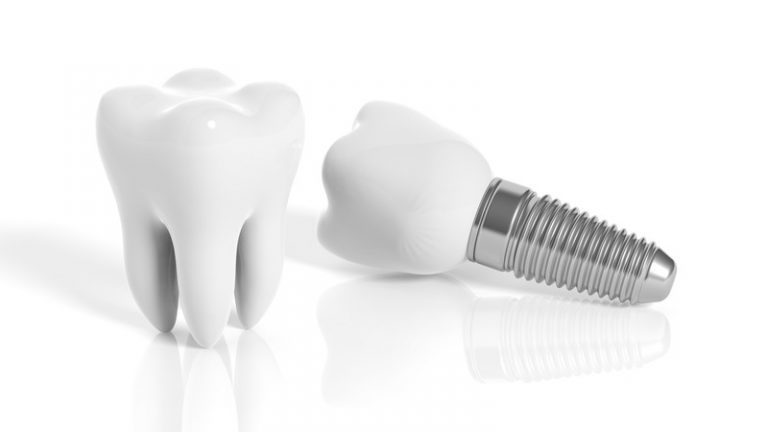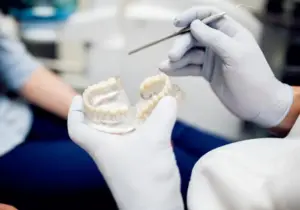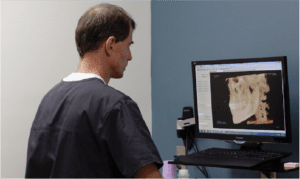We know that today, dental implant surgery is the gold standard for replacing lost teeth. A small titanium or zirconium screw capped with a fake tooth, dental implants replace the form and biological function of the tooth you’ve lost. But where did this technology come from? Is it really as new as it seems, or has it just finally been optimized?
Bet you wouldn’t guess how old the first dental implant is.
Evidence for Prehistoric Dental Implants
Burials in China possesses the earliest evidence for a full tooth replacement with an implant. Beginning 4000 years ago, we see people with carved bamboo pegs hammered into their jaw at sites of missing teeth.
A 3000+ year-old mummy of an Egyptian pharaoh has a copper peg installed in his upper jaw to replace a lost tooth. This may or may not have been placed after death, but we do know Egyptians used copper installations in the jaw for other oral maladies like root canals.
A Celtic burial in France that dates to about 2300 years ago presented an entire false iron tooth among the natural ones. This one also may have been placed after death, but it’s not possible to tell.
Around the turn of the millennia, there is evidence the Romans took teeth from slaves or animals and installed them into empty sockets. This often resulted in terrible infections, abscesses, and even death. In fairness, their public bathrooms were troughs with shared loofahs, so there wasn’t a really strong idea of germ theory among the Romans.
In Central America, there is evidence beginning around 1700 years ago that the Mayans used several methods for implanting things into empty tooth sockets. They had a very effective tooth restoration method of carving shells and hammering them into the jaw. There’s also evidence they used carved gemstones, especially jade.
But the really cool thing about the 1931 discovery of the skulls with shell dental implants was that there was evidence of bone healing around the implant, because in 1931, we really hadn’t gotten any farther with dental implants than the Mayans had 1000 years before.
Dental Implant Technology Sits Still for 1000 Years
We don’t see a tonne of new developments after the 1700-year-old shell teeth from Mayan-era Honduras, though archaeological evidence confirms the Mayans practiced this kind of oral surgery up until the fall of the empire, around 1100 years ago. Their successors, the Inca, likely had similar technology, but besides that, no one’s trying anything new until the late 1700’s.
During the 18th and 19th centuries, dentists started playing around with fake teeth made of gold or metal alloys. The issue with this is that most metals aren’t biocompatible; your body will code them as an invader and reject the dental implant. This awful experimentation went on until the 1950’s, when someone finally found a metal the body wouldn’t reject: titanium.
Titanium dental implants changed everything. Initially designed the same as orthopedic screws, this was the first time you could install an implant permanently and be sure the jaw and gums wouldn’t rot around it. Bone integrates easily with titanium, and when it doesn’t, the implant simply fails to take, instead of causing extra trauma and infection to your mouth.
Dental Implant Technology Today
Today’s dental implants are awesome. They are the most holistic and permanent option for tooth replacement, and the only reconstruction method that is permanent (if cared for correctly). Implant crowns look, act, brush and floss just like your natural teeth, and below the surface, dental implants stimulate your jaw so it doesn’t deteriorate where the lost tooth sat.
Now available in titanium and zirconia, most people looking to get a tooth replaced are candidates for implants. You have to have sufficient jaw health, which can be augmented with a bit of dental bone grafting. Even cooler, if your jaw is in really good health, you can even get same-day dental implant surgery, which means no waiting weeks between appointments.
Maybe the Mayans wouldn’t be all that impressed, but our patients definitely are.









